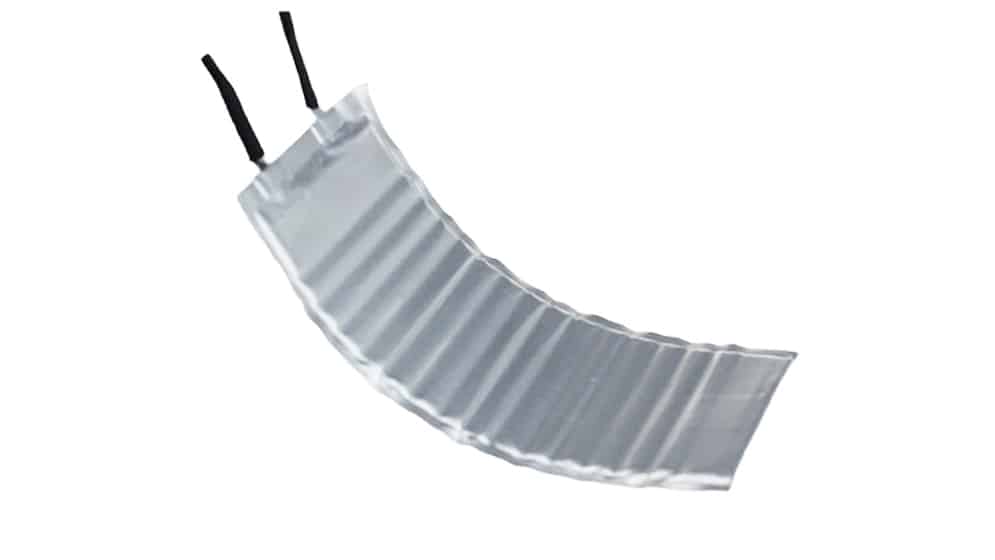- Curved Lithium Polymer battery
- Fast Charge Polymer Battery
- Flexible Polymer Lithium Battery
- Ultra-thin Polymer Battery
/ Blog / Battery Knowledge /
Flexible lithium ion battery
14 Feb, 2022
By hoppt

Flexible (or stretchable) lithium ion batteries are a new technology in the emerging field of flexible electronics. They can power wearables, etc. without being rigid and bulky like current battery technology.
This is an advantage because battery size is often one of the constraints when designing a flexible product such as a smartwatch or digital glove. As our society becomes more and more reliant on smartphones and wearable devices, we hope that the need for energy storage in these products will increase beyond that which is possible with today's batteries; however, many companies developing these devices have been turned away from using flexible battery technologies due to their lack of capability compared to conventional lithium-ion batteries found in smartphones.
Features:
By using a thin, shrinkable polymer instead of the standard metal current collectors and
separators in a traditional battery anode/cathode construction, the need for thick metallic electrodes is eliminated.
This allows for a much higher ratio of electrode surface area to volume compared to conventionally packaged cylindrical batteries. Another big advantage that comes with this technology is that flexibility can be designed in from the beginning in manufacturing rather than being an afterthought like it usually is today.
For example, smartphone manufacturers typically include plastic backs or bumpers to protect the glass screens because they cannot implement an organic design while remaining rigid (i.e., fused polycarbonate). Flexible lithium ion batteries are flexible from the start so these issues are non-existent.
Pro:
Much lighter than conventional batteries
Flexible battery technology is still in its infancy, meaning there is a lot of room for improvement. Many companies have not taken advantage of this opportunity because of their current lack of capability compared to more established technologies. As research continues, these shortcomings will be overcome and this new technology will truly begin to take off. Flexible batteries are much lighter than conventional batteries which means they can deliver more power per unit weight or volume while also occupying less space—an obvious advantage when developing products that are intended for use on small devices like smart watches or earbuds .
Much smaller footprint compared to conventional lithium ion batteries
Con:
Very low specific energy
Flexible batteries have a much lower specific energy than their conventional counterparts. This means that they can only store about 1/5 as much electricity per unit weight and volume as regular lithium ion batteries. While this difference is substantial, it pales in comparison to the fact that flexible lithium ion batteries can be made with an electrode area to volume ratio of 1000:1 whereas the common cylindrical battery has an area to volume ratio of ~20:1. To give you perspective on just how big this number gap is, 20:1 is already very high compared to other batteries such as alkaline (2-4:1) or lead-acid (3-12:1). For now, these batteries are only 1/5 the weight of regular lithium ion batteries, but research is underway to make them lighter.
conclusion:
Flexible batteries are the future of wearable electronics. As our society becomes more and more reliant on smart devices like smartphones, wearables will become even more common than they are today. We hope that manufacturers take advantage of this opportunity by using flexible battery technologies in their products rather than continuing to rely on conventional lithium ion technology which is unviable for these new types of products.
Prev: Flexible lithium battery
Next: Flexible lithium battery



